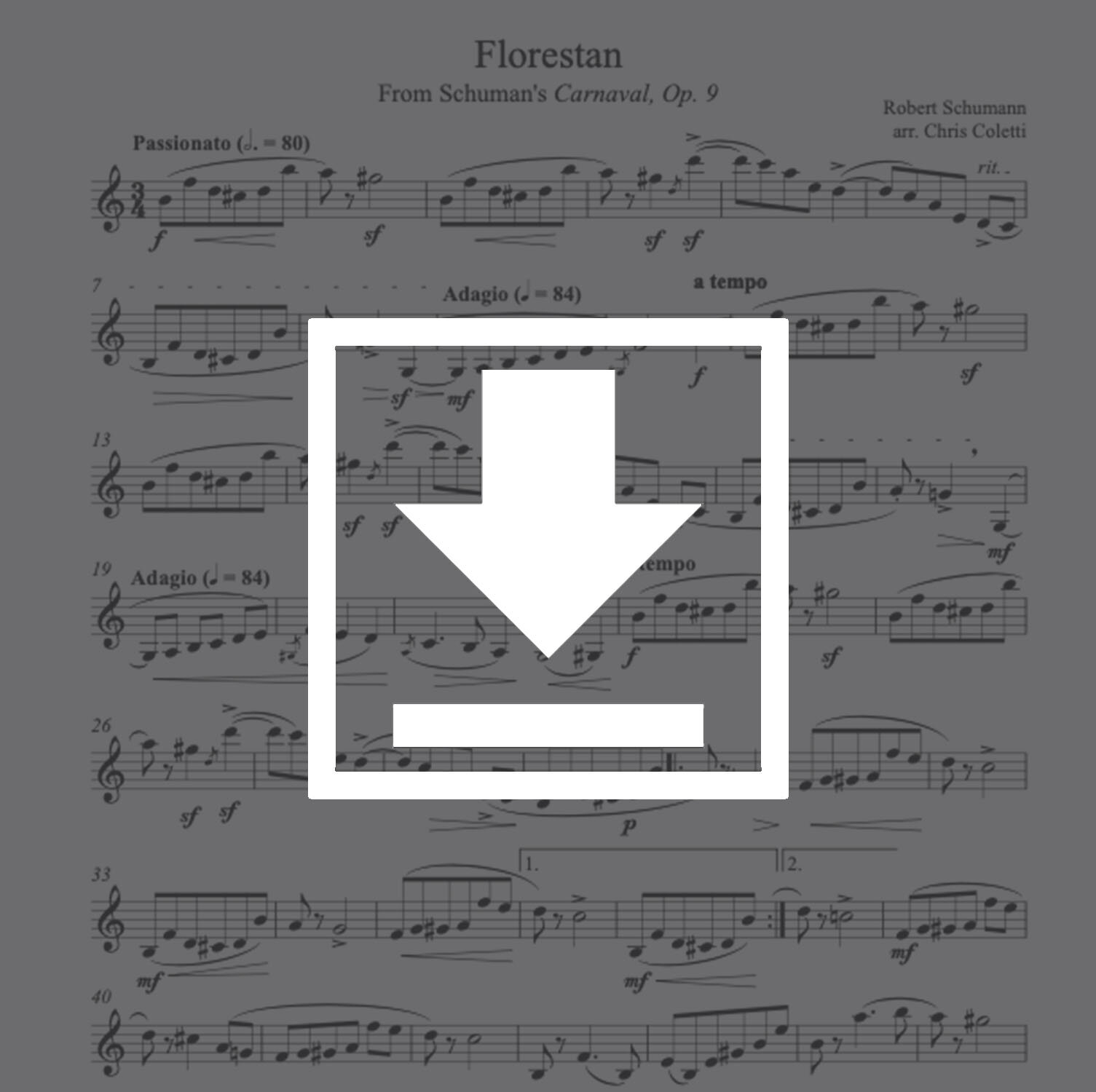Some thoughts on practicing...
How to have the right mindset when you practice, improve efficiency and develop an effortless approach
The word "practice" is an interesting one. In one sense it’s time spent working out kinks and uncovering inefficiencies—it’s what we do to improve the various aspects required to play the trumpet well. In another sense trumpet is our practice—a daily ritual akin to yoga or meditation.
While I am certainly not a “perfect practicer," I sound my best when I’m pairing a consistent, thoughtful and peaceful daily routine with a big project or performance (or set of performances) that inherently pull(s) me to sound my best.
Ideally, the routine is something that touches on every technical aspect of trumpet daily and is modified slightly every week depending on how effective it has been. Changes can be to the material itself, or the ratio of time allotted to a particular exercise vs the full routine. I go into more detail regarding this here.
Musically, there should always be a project coming up. This is essential.
Spending lots of time in the practice room without having meaningful and challenging musical experiences to look forward will often solidify what you already do—this is not ideal. Performing and collaborating with others that inspire you, on the other hand, will make you question everything. Great musical experiences and collaborations help you ask yourself better questions about what you should be improving on in the first place. Of course, the current pandemic limits our projects and collaborations to recording projects--this can be extremely useful! I always have several recording projects I am working on and they each make me think hard about how exactly I want to sound, and importantly, what I need to do to get there.
To work on effortlessness, in particular, the two areas that seem to matter most are improved sound production and the pursuit of highly developed flexibility. Developing excellent flexibility teaches you to use your air better and bring the notes closer together, putting the entire range of the trumpet within arms reach. A good benchmark of flexibility is the ability to do lip trills--once you can do them it's like suddenly playing a piano when before you were playing a toy with giant keys--the toy can sometimes be more accurate, but everything else is clunky and limited. Having excellent flexibility makes the trumpet easy. Fortunately, a beautiful sound is also effortless, although attaining it takes hours/years/lifetime of work.
A forced sound is common on trumpet--this is achieved by playing past the point of diminishing return—it can sound "ok" but will never be pure and truly beautiful, and certainly not effortless.
Playing with too little sound is also very common, and also inefficient as the physics of trumpet are heavily reliant on air speed and air volume (amount of air, not loudness).
This post is a work in progress—let me know what you think and what you’d like me to elaborate on in the comments section below or sending me an email.
happy trumpeteering!
-Chris




